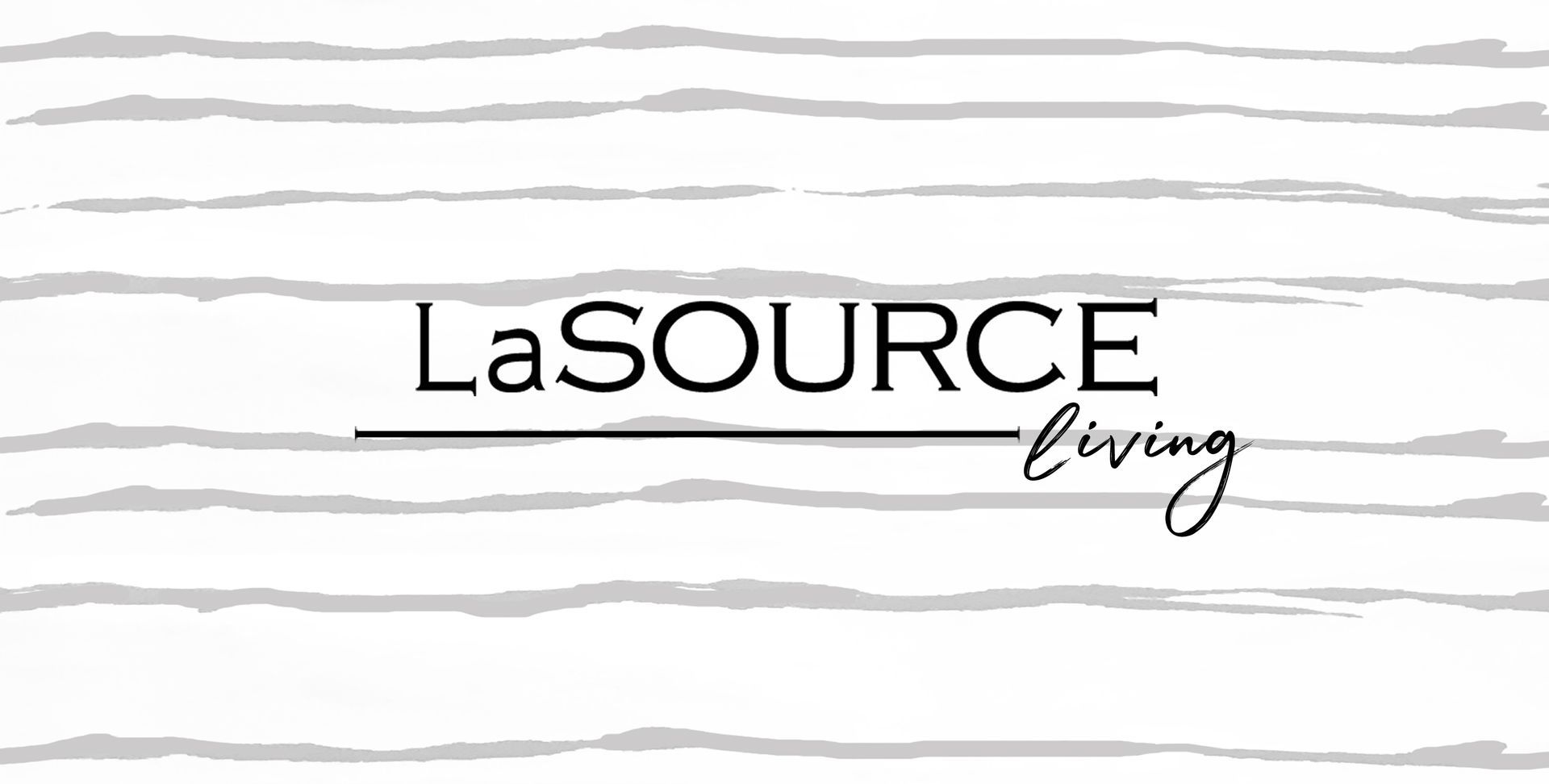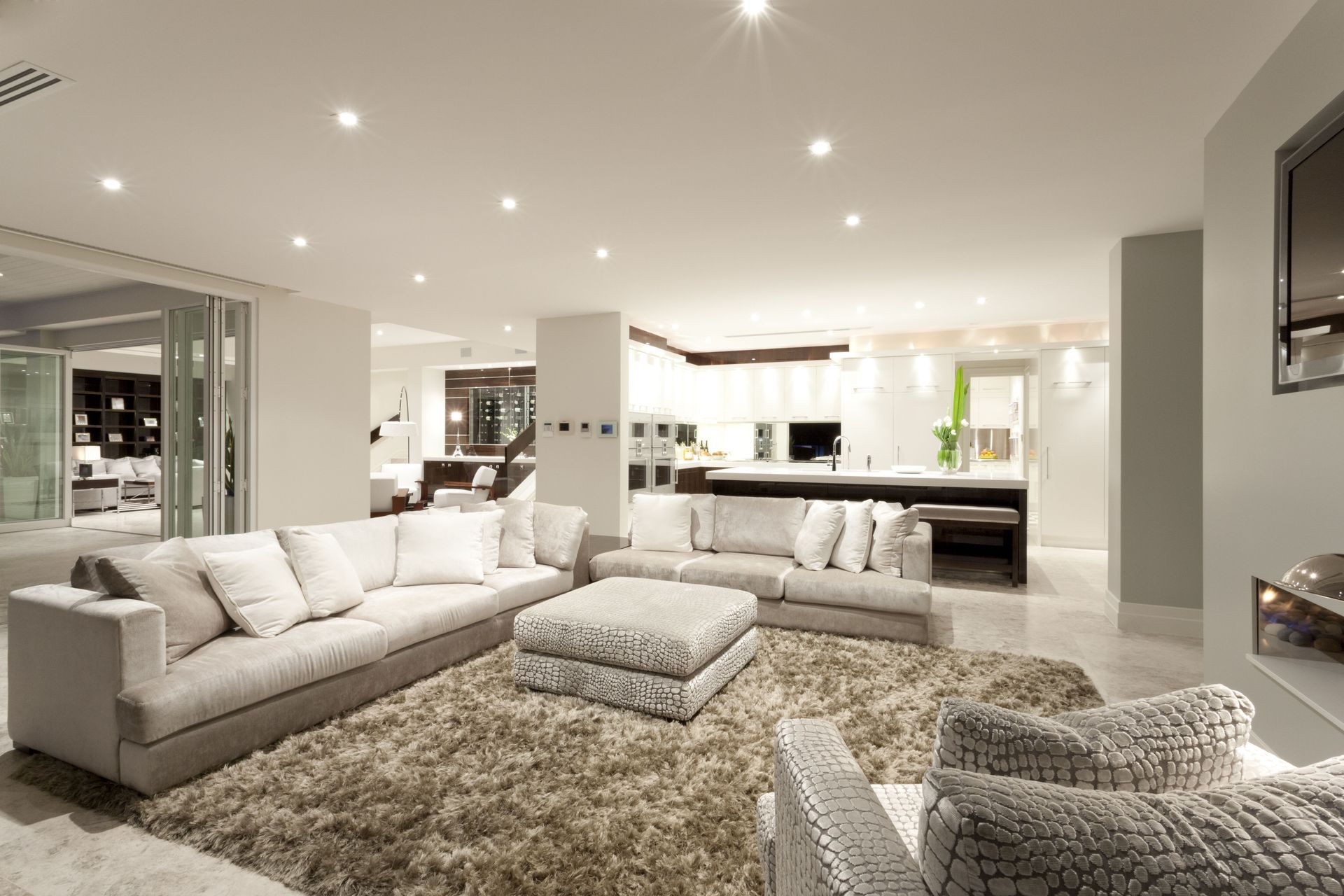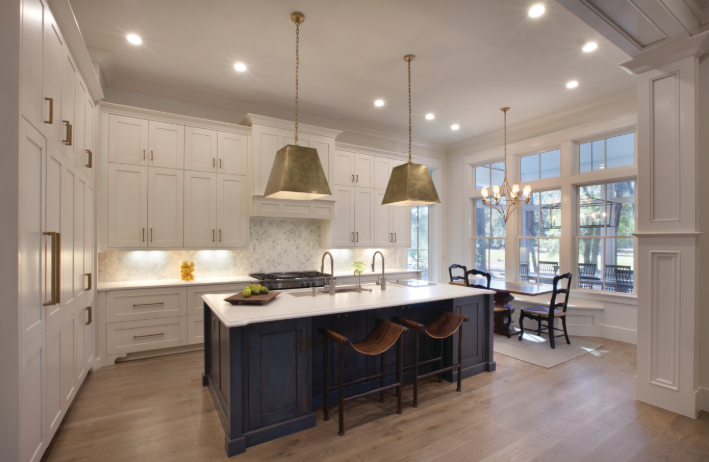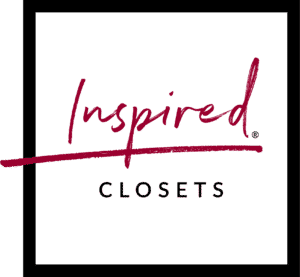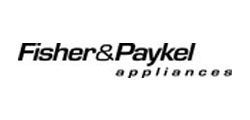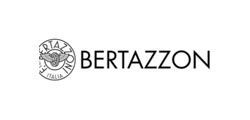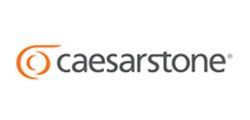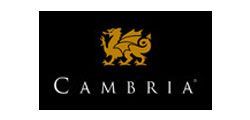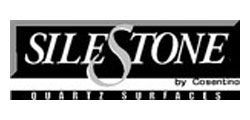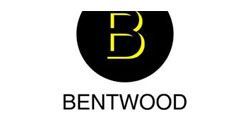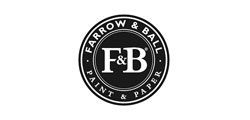October 3, 2025
Interior design is often viewed as a luxury, but it's a strategic investment that can significantly enhance the value of your home. From choosing the right color palette to incorporating sustainable materials, thoughtful planning, customized layouts, and the integration of smart technology can elevate every room's functionality and style, ensuring a cohesive look that resonates with future buyers and maximizes long-term appeal.
1. The Power of Color Schemes
Color schemes play a fundamental role in setting the tone of a home and can significantly affect buyer perceptions. Selecting neutral tones, such as whites, grays, and beiges, is a proven strategy for broadening a home's appeal, as they allow potential buyers to envision their own belongings within a space. Neutral colors provide a versatile backdrop, accommodating various furnishings and decor styles. In contrast, vibrant accent colors can be strategically used to highlight architectural or design features, drawing attention to areas like fireplaces or feature walls.
Using accent colors effectively can bring attention to specific areas while preserving the overall harmony of the space. Colors carry psychological associations, and understanding these can be used to emotional effect. For instance, blues and greens evoke calmness, while yellow can convey warmth and happiness. Furthermore, balancing bold colors with subtle hues can add depth and interest without overwhelming the senses.
Color psychology provides insights into how selected shades can evoke emotions, which, in turn, influence purchasing decisions. By combining elements like neutral tones, vibrant accents, and seasonal updates, homeowners can cleverly manipulate perceptions and emotions. For example, hues such as light blues and soft greens can foster serenity, making the space more inviting and appealing. Seasonal color adjustments can further invigorate interior spaces, making them visually dynamic.
2. Functional Space Planning
Functional space planning is another vital component in enhancing a home's value, especially to meet modern living trends such as open floor concepts. Open floor plans facilitate a seamless flow between spaces, making homes feel larger and more connected. This layout appeals to buyers looking for versatility and an ideal environment for entertaining and family interactions. Furthermore, such configurations often allow for increased natural light, enhancing the ambiance and energy efficiency of a home.
Maximizing natural light is a key factor in interior design, as it can profoundly affect the aesthetic and psychological ambiance of a home. Large windows, skylights, and open spaces that eliminate barriers can enhance natural light flow throughout the residence. This not only results in a brighter and more engaging environment but also reduces reliance on artificial lighting, yielding energy-efficient benefits. Designing multi-purpose rooms that serve various functions, such as combining office and guest space, aligns with current homeowner demands for flexibility.
Traffic patterns are essential to consider within functional space planning to ensure the usability and flow of a home. Designing areas to allow easy movement between spaces enhances comfort and accessibility. These considerations can include creating clear pathways, avoiding cluttered furniture layouts, and allowing for direct navigation to different zones within the home. The harmonious integration of indoor-outdoor spaces can enrich the living experience, making it more appealing to prospective buyers.
3. Choosing Quality, Sustainable Materials
Embracing quality, sustainable materials in home design can enhance allure and contribute to increased property value. The demand for eco-friendly options such as bamboo flooring continues to rise as these materials promise durability and environmental benefits. Incorporating recycled or locally sourced materials shows a commitment to sustainability that resonates with increasingly eco-conscious buyers. These investments not only reduce the property's environmental footprint but can also help differentiate a home in the market.
Investing in durable countertops like those made from granite or engineered stone is a practical approach to sustaining long-term value. These materials not only offer premium aesthetics but also provide resistance to wear and tear, which is attractive to future homeowners. Sustainable wall treatments and eco-friendly paint options are worthwhile due to their low toxicity levels and lack of harmful chemicals. This improves indoor air quality, a selling point that is gaining traction among health-aware buyers.
Reclaimed wood accents aren't only trendy but also add character and charm to spaces, which can be pivotal in creating memorable impressions on buyers. Wood elements from sustainable sources can be utilized in structural features, cabinetry, or decorative touches to enhance uniqueness. Implementing green technology and materials can potentially increase a home's marketability.
4. Lighting as an Integral Design Element
Lighting serves as both a functional and decorative component, playing a crucial role in enhancing a home's atmosphere. A layered lighting approach, featuring ambient, task, and accent lighting, allows for flexibility in simulating different moods and functionalities. Proper utilization of these layers can highlight architectural features, improve overall ambiance, and provide the necessary illumination for various tasks. Beyond mere function, lighting fixtures themselves can be statement pieces, complementing the decor and architecture.
Incorporating both natural and artificial lighting optimizes the illumination of interior spaces for different times of the day and varying activities. Maximizing natural light deepens the connection to the outdoors while reducing energy costs. Feature lighting, such as chandeliers or focused lights on art pieces, accentuates design elements, capable of drawing buyer attention to a home's unique qualities. Smart lighting solutions further modernize interiors by offering automation, energy savings, and customization according to personal preferences.
The choice in fixture styles and finishes can distinctly affect the visual harmony of the home's design. For instance, industrial fixtures support sleek modern aesthetics, while ornate pieces can complement traditional interiors. Attention to detail in lighting choices reflects overall meticulousness in design, appealing to buyers who appreciate quality craftsmanship. Updating outdated or mismatched fixtures with cohesive and contemporary options can refresh the space and add significant value.
5. Personalizing with Style and Coherence
While universal appeal is important, personalization remains a significant factor in resonating with buyers on an emotional level. Establishing a consistent theme throughout the home creates a unified design language that speaks to taste, style, and attention to detail. A cohesive design avoids disjointed or confusing spaces that might deter potential buyers. Thoughtful consideration of personal taste balanced with market trends ensures that personalization doesn't alienate prospective buyers.
Mixing textures and patterns introduces an element of surprise and interest, which can differentiate a home from more predictable designs. Variances like combining sleek metals with organic textiles can result in unique, inviting environments. Balancing personal tastes with potential buyer preferences ensures that design choices won't deter future homeowners. Incorporating psychological comfort through thoughtful spatial arrangements and cohesive design choices can make homes warm and inviting.
Displaying artwork and personal items provides personality, allowing potential buyers to envision how they might incorporate their own lives into the space. Personal touches can add warmth, suggesting that a home has been truly loved and cherished, resonating on a deeper level with buyers. However, it's crucial to avoid clutter and overly personalized themes that could narrow interest. According to IBISWorld, over the next five years, the interior design market is anticipated to experience growth, indicating an escalating interest in making homes both beautiful and functional.
Interior design isn't merely about appearances; it's a crucial investment. By carefully selecting colors, planning efficient spaces, choosing sustainable materials, enhancing lighting, adopting modern technologies, and personalizing with coherence, homeowners can create environments that aren't only aesthetically pleasing but also highly desirable to future buyers. Ready to transform your home into a stunning, value-boosting sanctuary? Schedule your consultation with LaSource Living (formerly Plantation Interiors) today and unlock your home's full potential.
